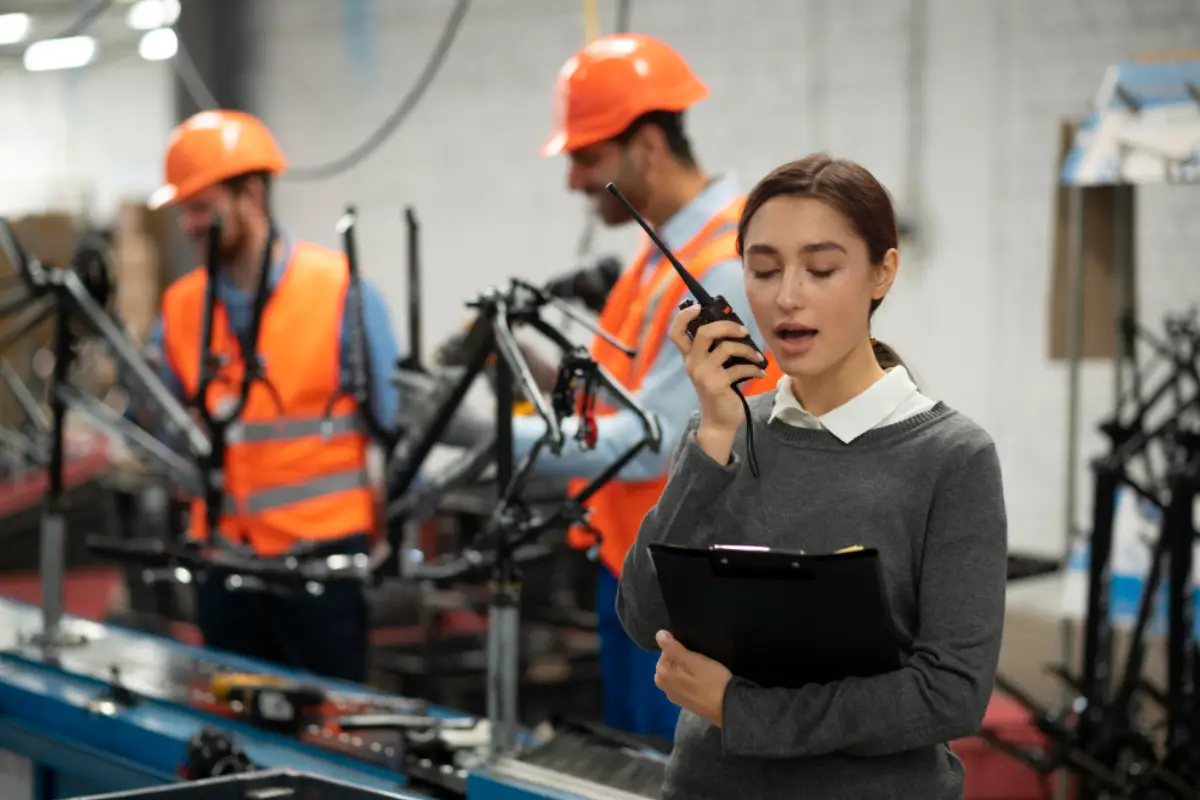The retail industry is rapidly evolving, driven by technological advances that create increasingly immersive customer experiences. Augmented Reality (AR) and Virtual Reality (VR) are at the forefront of this transformation. This article examines how AR/VR enhances customer experiences and streamlines retail operations.
Creating Immersive Shopping Experiences
AR and VR offer retailers innovative ways to engage customers:
- Virtual Try-Ons: Customers can use AR to visualize how clothes, accessories, or cosmetics look on them without physically trying them on, removing guesswork and enhancing comfort.
- Interactive Displays: VR can create entire virtual stores where customers can explore products in lifelike environments, offering unique experiences that traditional shopping lacks.
Personalization through AR/VR
Another significant advantage of AR/VR is the ability to provide personalized shopping experiences. Retailers can analyze customer data and preferences to tailor virtual experiences:
- Custom Recommendations: By utilizing AR and VR, retailers can suggest products based on previous purchases or browsing history, fostering a more curated shopping experience.
Streamlining Operations with AR
Beyond customer engagement, AR technologies can optimize retail operations:
- Inventory Management: AR applications can assist staff in locating items efficiently through visual guides, reducing stock discrepancies and time spent searching.
- Staff Training: Retail staff can use VR for training simulations, honing their skills in customer service and product knowledge in a risk-free setting.
Case Studies in Retail AR/VR Adoption
Several brands are successfully leveraging AR/VR to enhance their operations:
- IKEA: Their AR app allows customers to visualize furniture in their homes before making a purchase, decreasing return rates and enhancing satisfaction.
- Nike: The Nike app offers a virtual try-on feature, allowing customers to see how shoes look on their feet, driving engagement and purchases.
Benefits for High-Street Retailers
For brick-and-mortar stores, integrating AR and VR can attract foot traffic and create compelling reasons for customers to visit physical locations. In-store experiences that leverage these technologies can differentiate retailers from competitors and encourage exploration.
Challenges and Considerations
While the potential is vast, retailers must consider challenges:
- Consumer Acceptance: Not all customers embrace high-tech shopping experiences; thus, a hybrid approach may be necessary.
- Cost of Implementation: Initial costs for AR/VR technology can be high, but the long-term benefits may outweigh the investment.
Conclusion
AR and VR are revolutionizing the retail sector by enhancing customer experiences and streamlining operational processes. As these technologies continue to evolve, retailers who embrace these innovations will be better equipped to meet the demands of today’s consumers, ensuring a competitive edge in the market.

